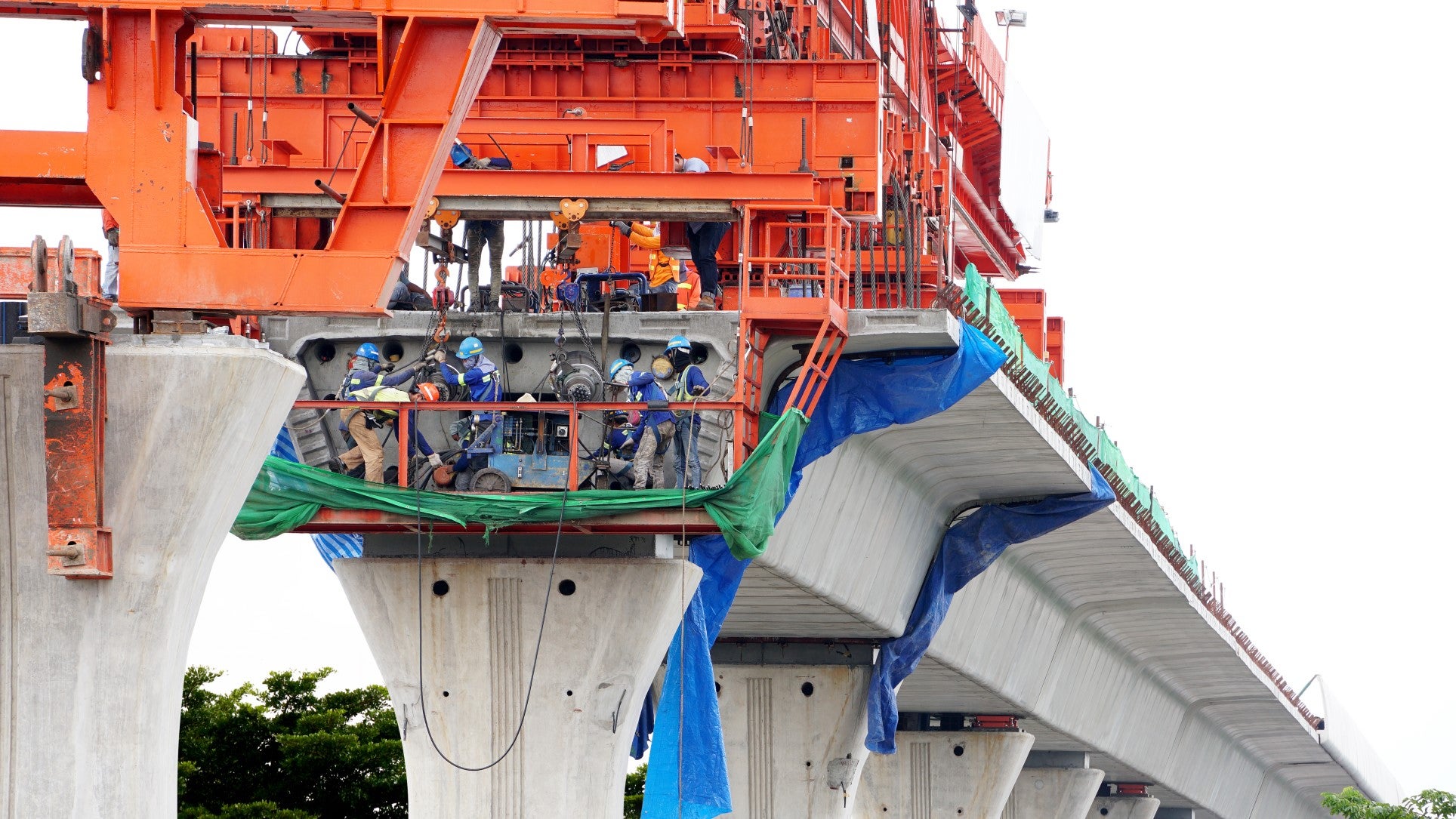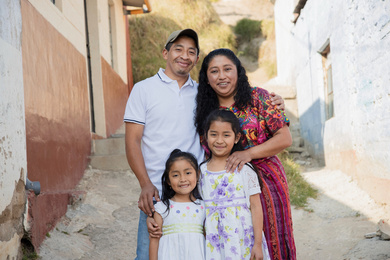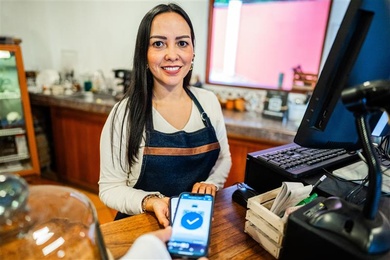Next Stop for Electric Buses: What Do We Do with the Batteries?

Now that mobile devices are ubiquitous, smartphone users have two concerns: In the short term, how much charge does my battery have?
In the long term, what should I do when the constant charge and discharge cycles render the battery useless?
VIDEO: Webinar Circular Economy and Electromobility: Strategies for Efficient Battery Management
CONTENT IN SPANISH - Click on Settings/Auto-Translate/Choose your language to read the subtitles in English
Initiatives to introduce electric buses into public transport systems are advancing in various countries in Latin America and the Caribbean.
The advantages are many, from eliminating the unpleasant smell of diesel from our streets to effectively reducing emissions of polluting gases and, finally, a bit of peace, thanks to the reduction of noise pollution.
However, this decarbonization of public transport requires replacing large fleets of conventional vehicles with electric ones, which depend on batteries.
Authorities and specialists' concerns coincide with those of mobile phone users: what to do with the batteries of electric buses once they reach the end of their first life cycle.
State of Health
A standard indicator measures the battery's level of deterioration and residual capacity compared to its original state to determine what to do at this point.
This is what we call its 'state of health.' This evaluation helps us determine whether to give them a second use or send them for recycling.
You May Also Like
- Five Good Reasons to Ride the “Wave” of Blue Bonds
- IDB Invest Promotes the World’s Second-Largest Fleet of Electric Buses in Chile
A battery is suitable for reuse if the state of health reveals a residual capacity of at least 70%. Below 65%, reuse is not profitable because degradation accelerates, and the remaining useful life decreases rapidly. It is preferable to recycle them.
In Colombia, for example, analyzing the use of electric bus batteries in their second life reveals a favorable outlook for sustainability and the circular economy.
Batteries with a state of health close to 80% after their use in public transport can be reused in new business models, such as off-grid systems (not connected to the electrical network), energy and power storage (arbitrage), or to meet energy demands.
Environmental Impact
Although promising, these batteries have a significant environmental impact at various life cycle stages.
- Material Extraction for Manufacturing: Lithium-ion batteries, commonly used in electric buses, require lithium, nickel, cobalt, and copper, among others. The extraction of these minerals can cause ecological damage, such as deforestation and soil and water contamination.
- Recycling and Disposal: Batteries must be properly recycled at the end of their useful life to minimize their environmental impact. Proper waste management is crucial to avoid releasing toxic materials into the environment.
Three Ways to Recycle
There are three main recycling methods: pyrometallurgical, hydrometallurgical, and direct.
The pyrometallurgical and hydrometallurgical methods have reached a commercial scale, while direct recycling remains in laboratory and pilot phases.
JOIN A COMMUNITY OF 40,000 DEVELOPMENT LEADERS
GET THE LATEST ON OUR PROJECTS AND KNOWLEDGE

Although pyrometallurgical recycling is effective for batteries containing nickel and cobalt, it is not recommended for lithium, iron, and phosphate batteries, as lithium is lost in the process.
Hydrometallurgical recycling is more efficient in terms of material recovery, economical, and environmentally friendly, making it an attractive option for battery recycling.
Despite direct recycling not yet reaching commercial scale, we recommend monitoring this method as it could become the best alternative for recycling lithium, iron, and phosphate batteries in the future.
Download our infographic (in Spanish) summarizing the study's findings on operational and business models for batteries' second life and recycling stages.
LIKE WHAT YOU JUST READ?
Subscribe to our mailing list to stay informed on the latest IDB Invest news, blog posts, upcoming events, and to learn more about specific areas of interest.
Subscribe



